Kannada weddings and its rituals are usually a simple affair and many of the traditions have continued to stay the same for many years.
The ceremonies are similar to other south Indian weddings but the rituals last for a period of 1-2 days maximum. The Kannadiga’s don’t believe in extravagant receptions and the ceremony is attended by mainly by family and close friends. Today in this blog we will discuss the Kannada wedding rituals also we will discuss about there pre & post wedding rituals:
Kannada Pre-Wedding Rituals
Nischay Tamulam
If the marriage is arranged, which is a common affair amongst Kannada weddings, the fit between the couple is checked based on their horoscope and star alignment. This is done as it is believed that the right horoscope matches will lead to successful marriages.
The parents agree to the match and exchange a plate containing betel leaves and betel nuts. Nischay Tamulam is the kanada equivalent of an engagement ceremony. The groom’s parents pay a visit to the bride’s place and gift her a saree, blouse piece, coconut and sweets. The bride’s parents return the favour and offer the groom his dhoti, coconut, fruits and sweets.
Naandi
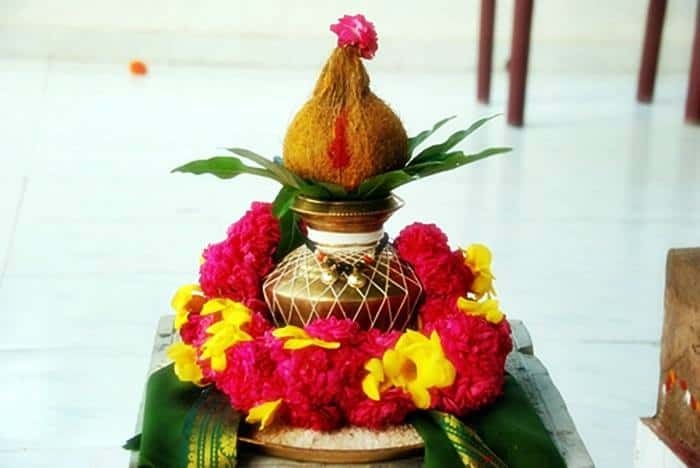
This ceremony is performed a few days before the wedding and is meant to seek the Lord’s blessings to ensure a smooth sailing wedding day and marriage. A copper pot or kalash is used.
It is filled with holy water is placed with a coconut on top, and this marks the beginning of the wedding celebrations. The pot is symbolic of ‘the Nectar of Life’ and this ceremony is done to bless the couple with a long life of health and wealth. The ceremony is meant to seek the Lord’s presence on the wedding day and also his blessings for the couple throughout their wedded life.
DevKarya
A ritual in which the groom seeks the blessings of the Lords by visiting the temples in his neighbour. Things that are going to be used during the ceremonies are also placed in front of Lord Ganesh so that he blesses and sanctifies the items.
Wedding Rituals
Greeting Groom’s Party
The groom is greeted into the wedding venue by 5 married ladies who perform a prayer for him as he enters and greets the gathering.
Mandap Puja
Mandap is the area that the ceremony takes place in. It is where the bride and groom will be seated, along with the priest performing the ceremony. Before the official ceremony the priest says a prayer to purify the area.
Var Puja
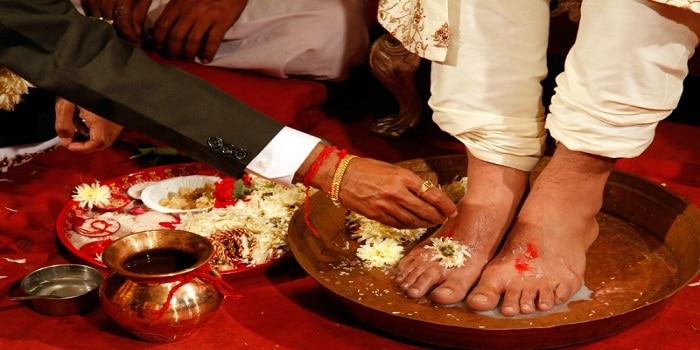
In Hindu traditions, the groom is considered to be the reincarnation of Lord Vishnu. And thus, the groom is worshipped by the bride’s family. To prove this, the bride’s father washes the feet of his would be son-in-law and presents him with a dhoti( a long skirt made for men) and a silk scarf. The groom is meant to attend the ceremony wearing these gifts.
Jaimala
This ritual is for the bride’s entrance. The bride enters the video with her face covered by peacock feathers usually held by her sister. There is a cloth between the couple that prevents them from looking at each other during the ceremony. As the prayers go on the curtain of sorts is slowly lifted and at the end of this ritual the couple finally gets to lay eyes on their spouses.
Dhareherdu
This custom is the Kannada version of the ‘Kandyadaan’ which is the giving away of the bride.The bride’s right hand is placed on the groom’s right hand and a coconut along with a betel leaf is placed on top of the joined hands. The bride’s parents bless the newly weds by pouring holy water, preferably from the River Ganges.
Saptapadi

A nuptial knot is tied between the couple and the embrace on a journey of seven rounds around the centre of the mandap. The bride follows the groom and after the 7 rounds she is seated on his left. The groom then ties a mangalsura ( necklace ) around her neck and he is assisted by 5 married women while doing so. The Saptapadi is the officially ceremony that ties the couple in holy matrimony. Then then begin to seek the blessings of the elders gathered at the venue.
Also Read: Muslim Wedding Rituals In India
Kannada Post-wedding Rituals
Okhli
After the wedding day, Kannadiga’s have many post wedding rituals to break the ice between the two families. Even for the couple, in cases of arranged marriages they too need to loosen up and get rid of the initial awkwardness.
During this ritual, the groom’s family hides a ring in a big bowl of milk. The bride, along with her brother, have three chances to find the ring. If she manages to do so, it is representative of her capability of handling the marriage well.
Vidaai
It is time for the bride to bid goodbye to her family. She is sent to her in laws house with gifts that include all the necessary items for her new home. A family member, usually the brother, is sent along with the bride to settle in. Usually the brother stays the night and departs for home the next morning.
GrihaPravesh
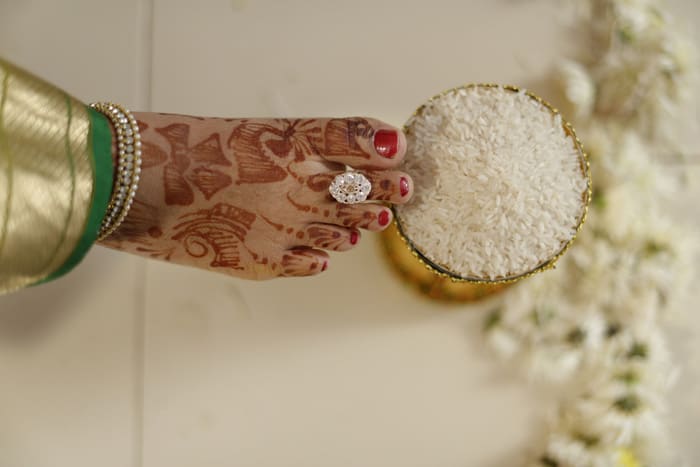
The welcoming of the bride into her new house- her in laws place. She is welcomed by her mother in law who recites a prayer as she stands at the door. A vessel filled with rice up to the brim is placed, signifying the existing wealth of the house.
On her way in, the bride is to toss the vessel with her right foot symbolizing that her arrival will lead to an increase in the wealth and prosperity of the house. This is depicted by the vessel overflowing.
Clothes Presentation Ceremony
The bride is given five sarees by her husband and she is expected to wear a saree for various post-wedding rituals.
The Kannada wedding rituals are wrapped up with the bride’s parents visiting their children on the second day of marriage. A reception is also held to celebrate the union of two people.



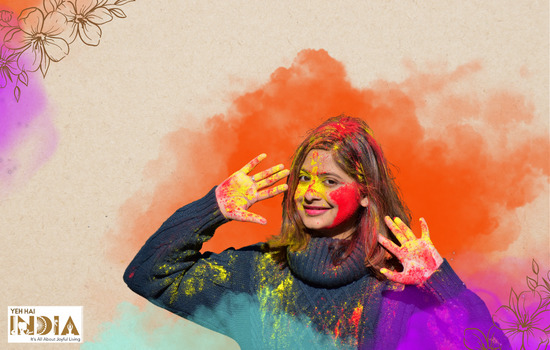
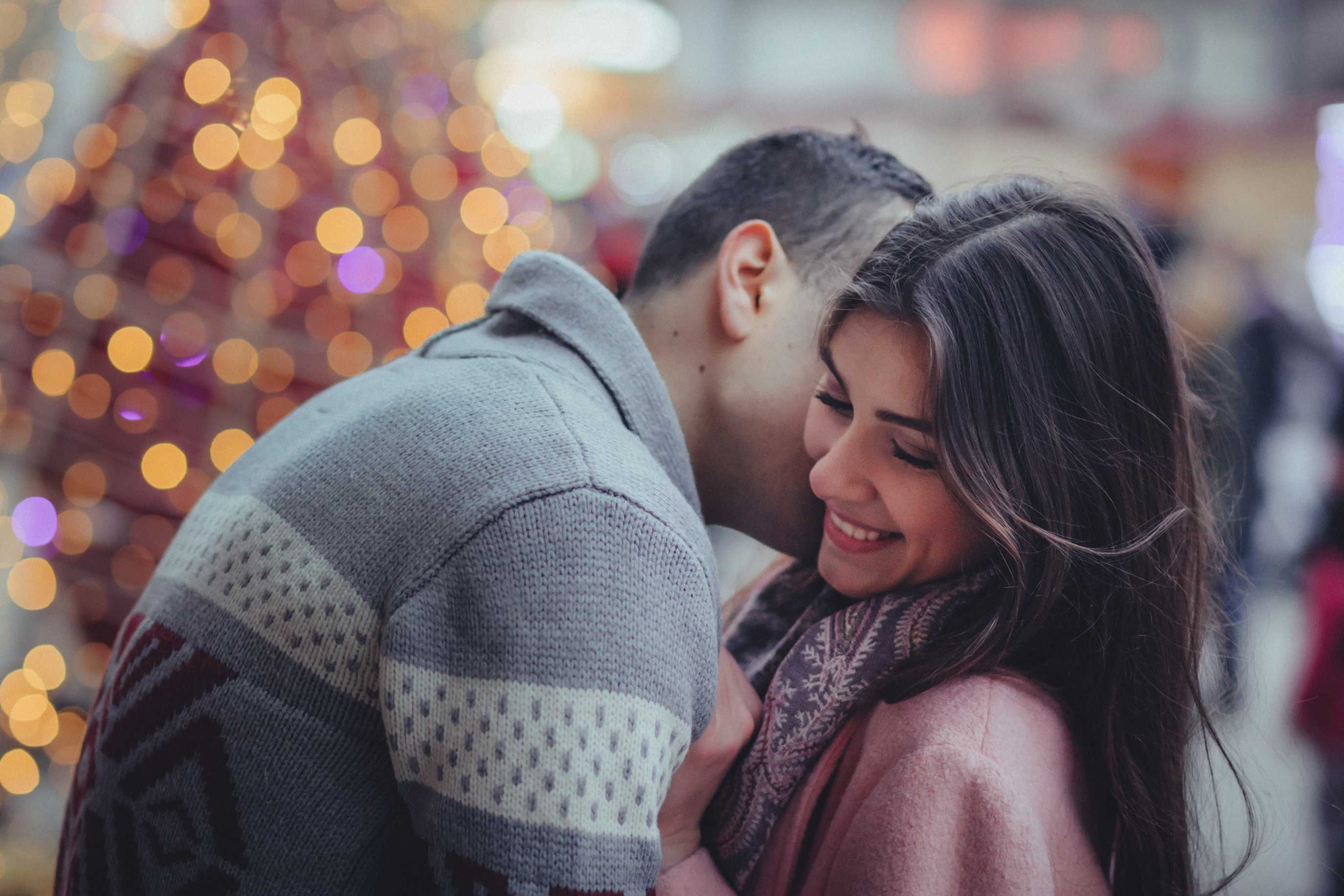
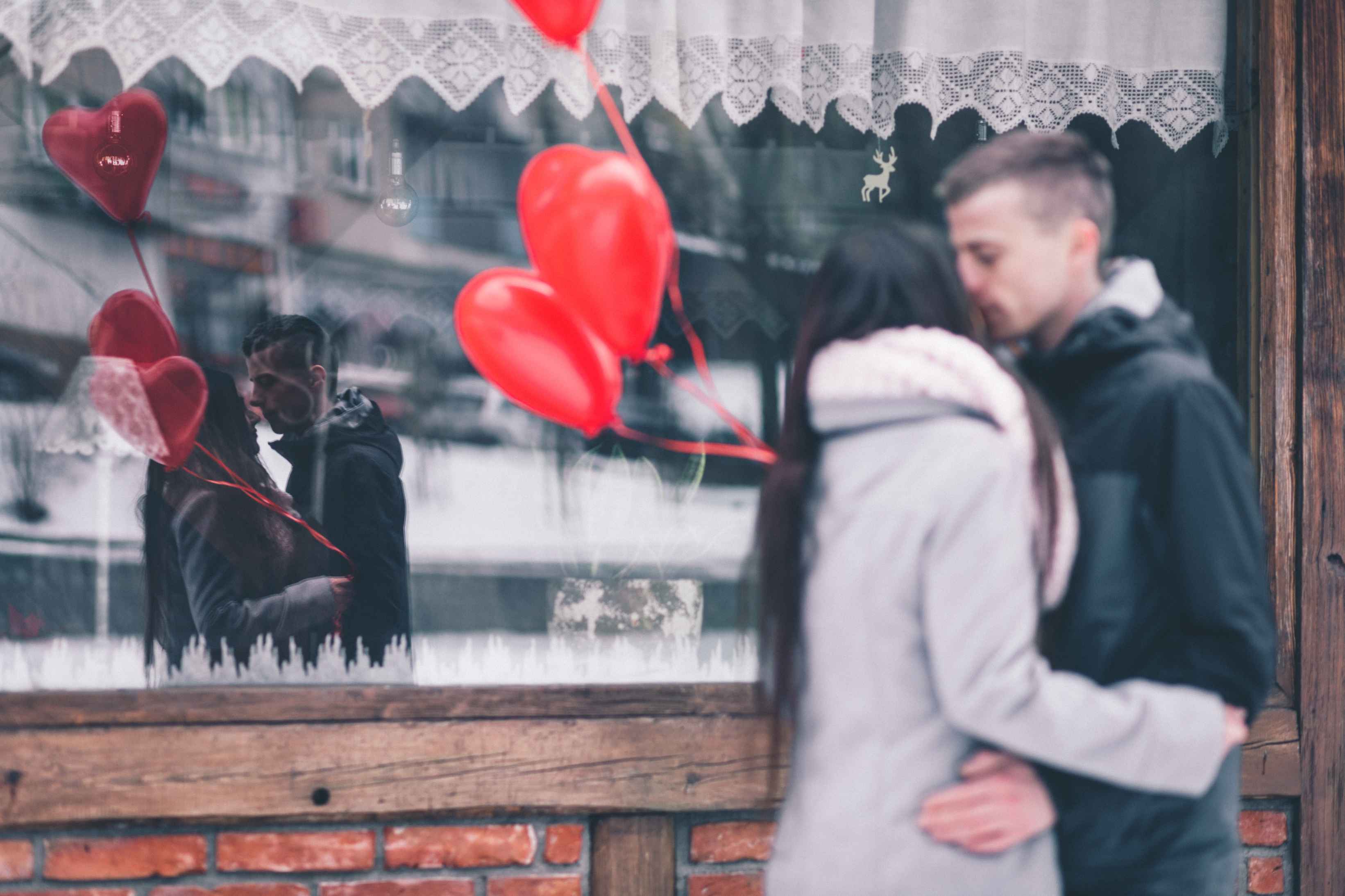
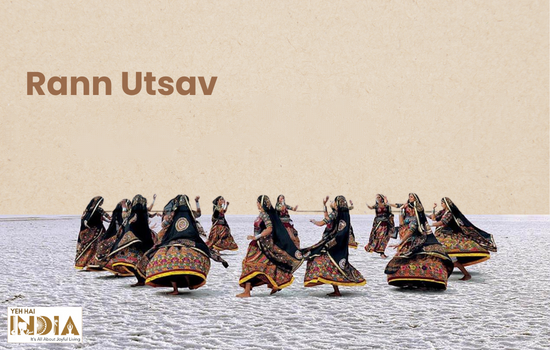
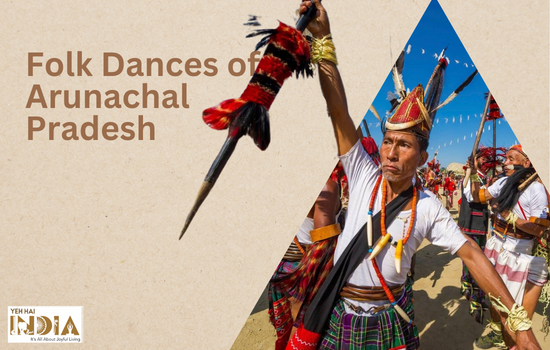


I am a kannadiga , its called “Nishchitartha”. Have never heard it being called Nischay Tamulam…